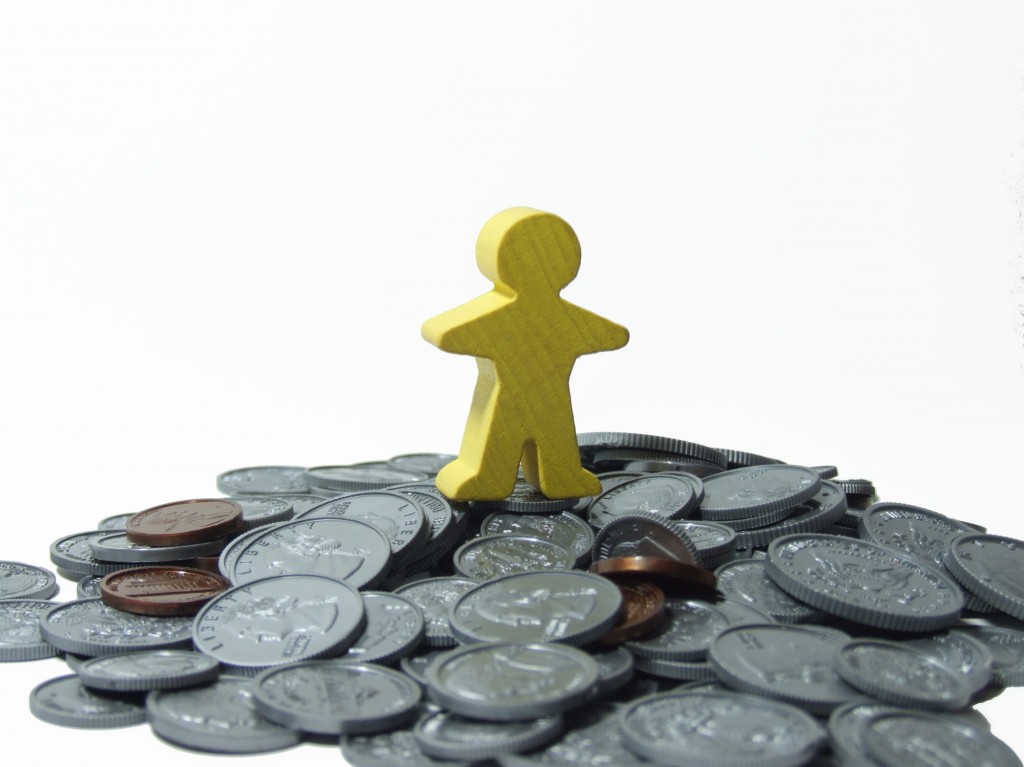EC autumn report: Private consumption revival and economic growth for Romania in 2012, despite international turbulences



 Romania's economic recovery continues despite the worsening international context, found the autumn report issued by the European Commission, which however describes the recovery as 'modest'. Even so, it expects moderately accelerates growth in 2012, when the export – fueled economic increase should switch to a more domestic – based growth. It even foresees a revival of consumption in 2012.
Romania's economic recovery continues despite the worsening international context, found the autumn report issued by the European Commission, which however describes the recovery as 'modest'. Even so, it expects moderately accelerates growth in 2012, when the export – fueled economic increase should switch to a more domestic – based growth. It even foresees a revival of consumption in 2012.
“Although households and corporates are expected to continue to adjust their balance sheets during the first half of 2012, the projected increase in employment, coupled with lower inflation, should support real disposable income. This contributes to a revival of private consumption during the second half of 2012,” the EC writes.
Economic growth is expected to reach 3.4 percent in 2013, about 1 percentage points above current estimates.
Romania started out the year 2011 on an upwards path. “Economic growth was robust in the first quarter of 2011 (when GDP grew by 0.5 percent quarter-on-quarter), but tailed off in the second quarter to a mere 0.2 percent increase,” according to the EC.
The country's exports were the key drive for growth in the first half of the year, but as external demand is expected to slow down, they will not have the same impact in the second half.
Romania scores relatively high on most of the areas analyzed in the EC report. The country managed to reduce previous imbalances and restore confidence among investors in the country, while financing itself both on the domestic and international markets. “The labour market shows signs of improvement.
The second quarter of 2011 saw significant improvement, probably also driven by important reforms implemented in April 2011 in the areas of labour market legislation (Labour Code) and social dialogue (Social Dialogue Code),” found the report.
“While registered unemployment is coming down, indications from the labour force survey (LFS) point to a broadly stable unemployment rate of around 7 percent as job losses level off and wages begin to rise. However, young people (aged 15-24) remain a particularly vulnerable group as their employment dropped in the second quarter of 2011 by 9 percent (year-on-year),” according to the EC.
There is a downside risk for 2011 due to the economic uncertainties surrounding the Eurozone, the sovereign-debt crisis and financial markets. In the second quarter of 2011, following a succession of upward price shocks, Romania was still the Member State with the highest inflation in the EU (at 8.4 percent in May 2011). Annual inflation dropped sharply in the third quarter of 2011 reaching its lowest level in 21 years (i.e. 3.5 percent in September 2011) due to a base effect resulting from the VAT hike a year ago and helped further by easing food prices.
Read EC's full autumn report on Romania here.
by Corina Saceanu, corina@romania-insider.com